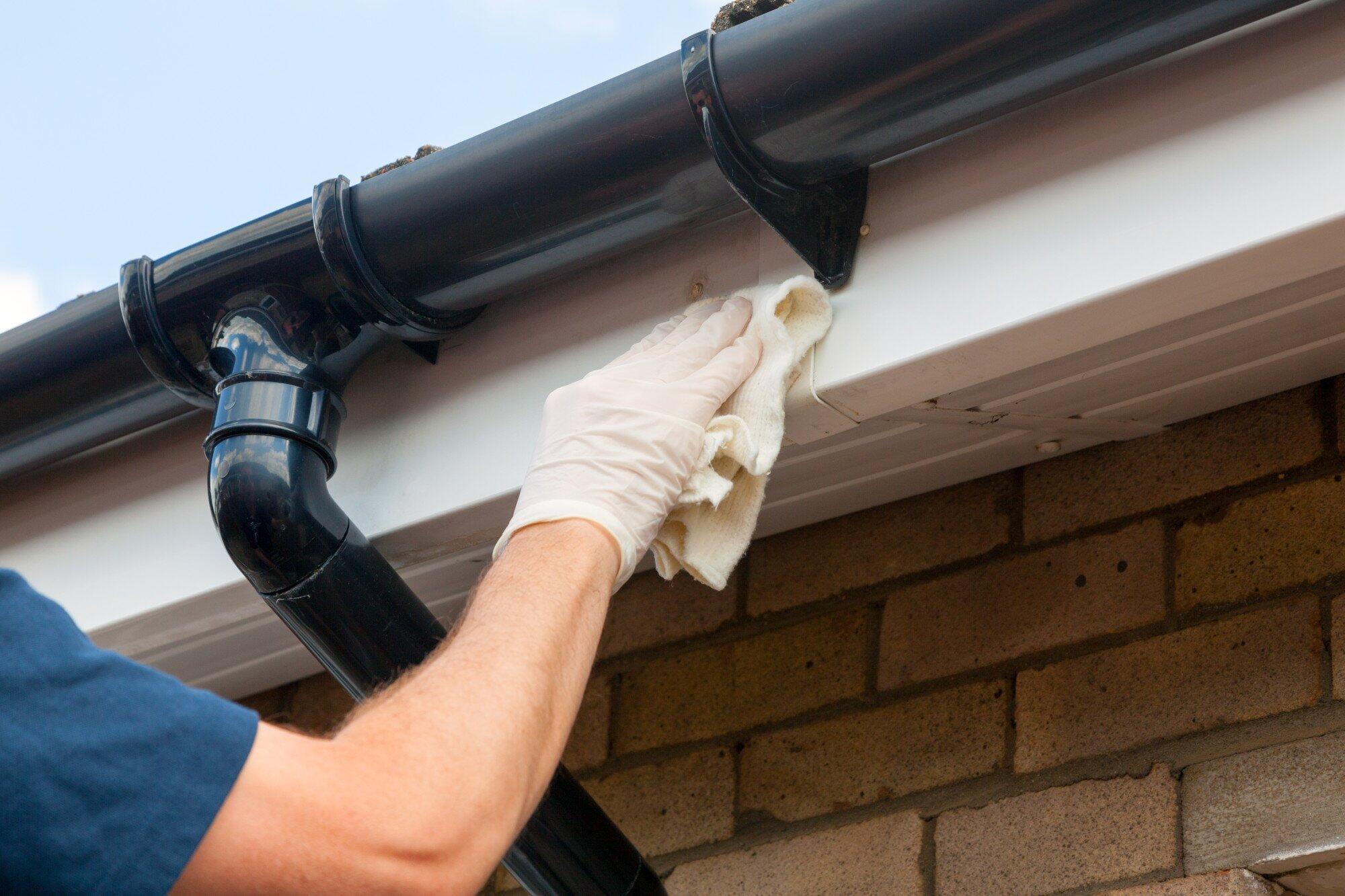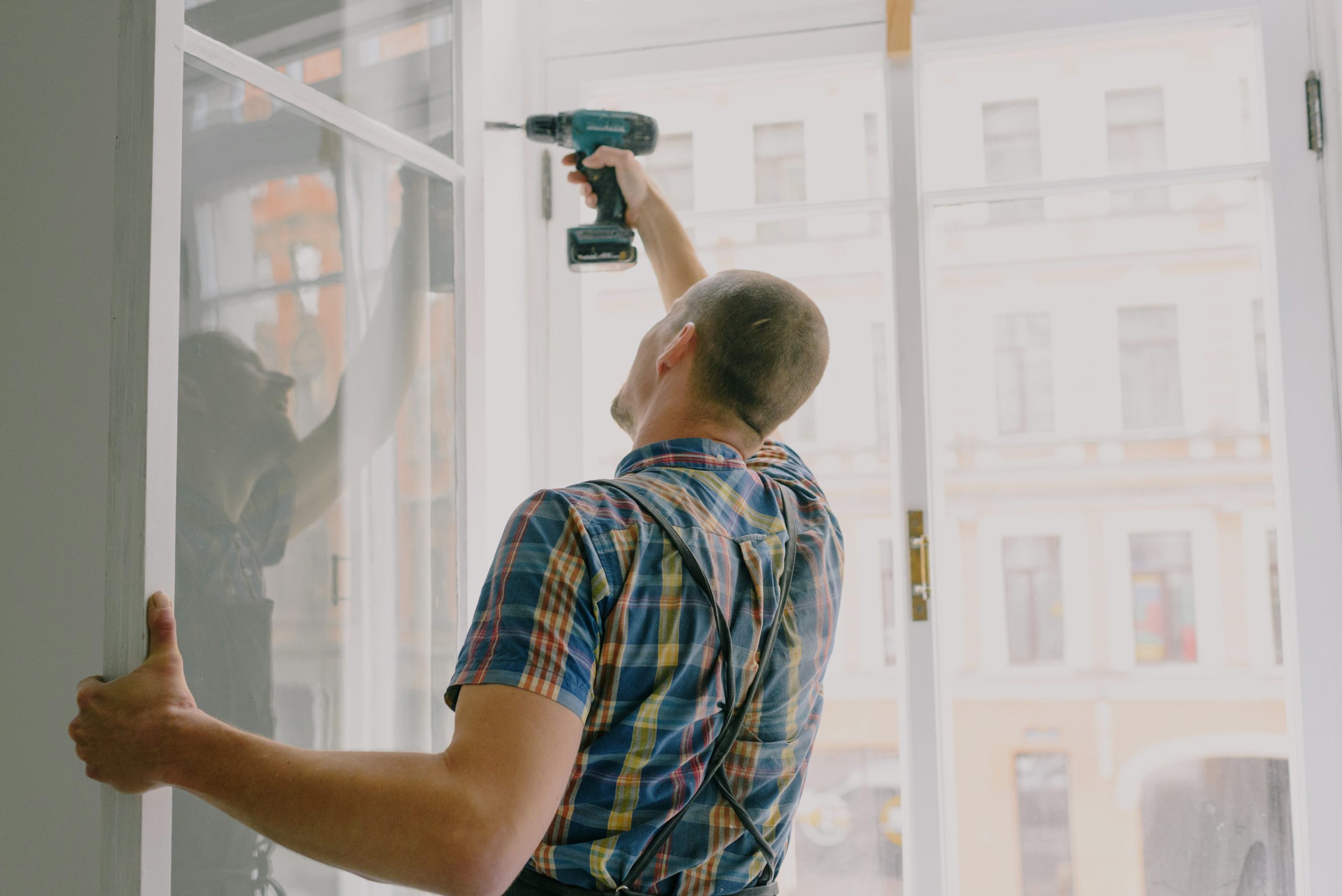Dealing with Plumbing Issues in Rental Properties: A Guide
Dealing with Plumbing Issues in Rental Properties: A Guide
Blog Article
We have encountered this post on Who is responsible for plumbing maintenance down the page on the internet and thought it made sense to write about it with you on this site.

Managing plumbing concerns in rental residential or commercial properties successfully is essential for keeping renter contentment and preserving the building's value. Whether you're a property manager or a property manager, understanding just how to address these common issues can conserve you money and time while ensuring compliance with lawful duties. Below's a step-by-step guide on exactly how to take care of plumbing issues in rental homes.
Paper Every little thing
Maintain detailed records of all reported plumbing issues and the actions taken to solve them. Documents needs to consist of days, summaries of the trouble, communication with tenants, and receipts from specialists or plumbing professionals. This details can be critical for insurance claims, tax obligation reductions, and lawful defense.
Usage Qualified Professionals
Constantly make use of qualified and insured specialists for substantial plumbing repairs and installations. This ensures that the work depends on code and can help stay clear of obligation issues in case of accidents or further damages. It also guarantees tenants that fixings are being dealt with properly.
Establish Clear Interaction
Encourage occupants to report any pipes concerns as soon as they take place. Offer numerous communication channels such as phone, email, or an occupant site to make it very easy for them to reach out. Motivate responses to these reports can protect against minor issues from intensifying right into major issues.
Enlighten Renters
Inform your tenants regarding what comprises a pipes emergency and what does not. Supply standards on how to deal with small issues themselves, such as making use of a plunger to unclog a bathroom. Additionally, inform them regarding what they must avoid taking down drains to avoid obstructions, such as oil, coffee grounds, and non-biodegradable products.
Routine Upkeep
Apply a routine maintenance routine for all pipes systems in your service residential or commercial properties. Normal checks can help identify and deal with problems like leakages, slow-moving drains pipes, or rusty pipelines before they become major. Think about employing an expert plumbing professional to evaluate the properties yearly or semi-annually.
Quick Reaction to Emergencies
Have a plan in place for reacting to plumbing emergencies. This need to include having the call information of trustworthy plumbing services that use 24/7 emergency repair work. Quick activity is essential to reduce damage in situations like burst pipelines or serious leakages.
Preventive Upgrades
Take into consideration upgrading older plumbing systems and components to much more contemporary, reliable versions. This can decrease the frequency and intensity of pipes issues and lower lasting upkeep costs. It's also a selling factor for possible lessees who value upgrades and modern features.
Renter Move-Out Inspections
Conduct complete pipes checks during move-out assessments to make sure that any kind of concerns are recognized and addressed before a new renter moves in. This avoids conflicts with new occupants over pre-existing problems and makes sure the building remains in leading problem.
Understand Lawful Obligations
Understand your lawful obligations pertaining to pipes and basic building upkeep. A lot of territories need property managers to ensure their homes are habitable and that all plumbing systems remain in good working order. Failing to attend to severe problems quickly can result in legal actions from lessees.
Lessee Repayments
If a plumbing issue needs instant attention and the tenant settles the concern on their own, have a clear policy in position for repaying expenses. Ensure lessees recognize they ought to obtain previous approval for higher-cost repairs unless it's an outright emergency situation.
Conclusion
Handling pipes issues in rental properties calls for an aggressive method and good interaction with renters. By remaining on top of maintenance, responding immediately to emergencies, and making use of competent professionals, property managers can keep their buildings in exceptional condition and preserve good connections with tenants.
How to Handle Water Damage in a Rental Property
What is Water Damage?
Water damage is harm or destruction caused by water entering areas where it is not supposed to be. It can be caused by a variety of sources and can manifest in different ways. The most common examples of water damage include:
Leaking roof Plumbing leaks Appliance malfunctions Poor drainage Flooding Sewage backup Condensation Tenant negligence HVAC system issues Frozen pipes Is water damage dangerous?
Water damage itself is not inherently dangerous, but it can lead to various hazards and health risks if not promptly and properly addressed. The severity of these risks depends on the extent of the water damage, the source of the water, and how quickly it is mitigated.
Some potential dangers associated with water damage include structural damage, mold and bacterial growth, electrical hazards, water contamination, and pest infestations. In situations where mold and mildew have gone unaddressed, mold can start to develop within 24-48 hours of water exposure, and this can impose a serious health risk to tenants. In particular, mold spores and damp conditions can lead to respiratory issues and even make existing health problems worse, such as allergies, asthma, or immune disorders.
Water Damage in an Apartment - Who is Responsible?
If the water damage is caused by the tenant’s negligence, the tenant is responsible for the cost of repairs. If the water damage is caused by a defect in the property, the landlord is responsible for the cost of repairs. If the water damage is a result of natural causes, such as excessive rain, then the landlord is responsible, since the water intrusion likely occurred due to a defect in the property. Landlord Responsibility water damage in rental property
Since maintaining habitability is the landlord’s legal responsibility, landlords are responsible for any resulting structural damage caused by water damage. These structural damages may include damage to walls, roofs, ceilings, and flooring. If water damage has affected the rental property’s original structure, the landlord is responsible for repairing or replacing those materials. Therefore, landlords should have property insurance that covers the structural components of their rental property so that they can receive help with the costs of covered events.
Preventative measures can also help landlords avoid massive renovations. Preventative maintenance may include conducting regular inspections to identify and address potential water damage before it becomes a major and urgent problem.
If a landlord fails to meet their responsibilities regarding water damage, it can lead to legal disputes and potential liability. Tenants who believe their landlord is not addressing water damage issues in accordance with California law can seek legal advice or contact local housing authorities for assistance.
https://www.goodlifemgmt.com/blog/water-damage-in-a-rental-property/

Do you enjoy more info about 10 Common Rental Property Repairs? Put a short review further down. We'd be delighted to hear your feelings about this write-up. Hoping that you come back again soon. Do you know about anybody else who is fascinated about the subject? Take a moment to promote it. Many thanks for your time. Return soon.
Report this page